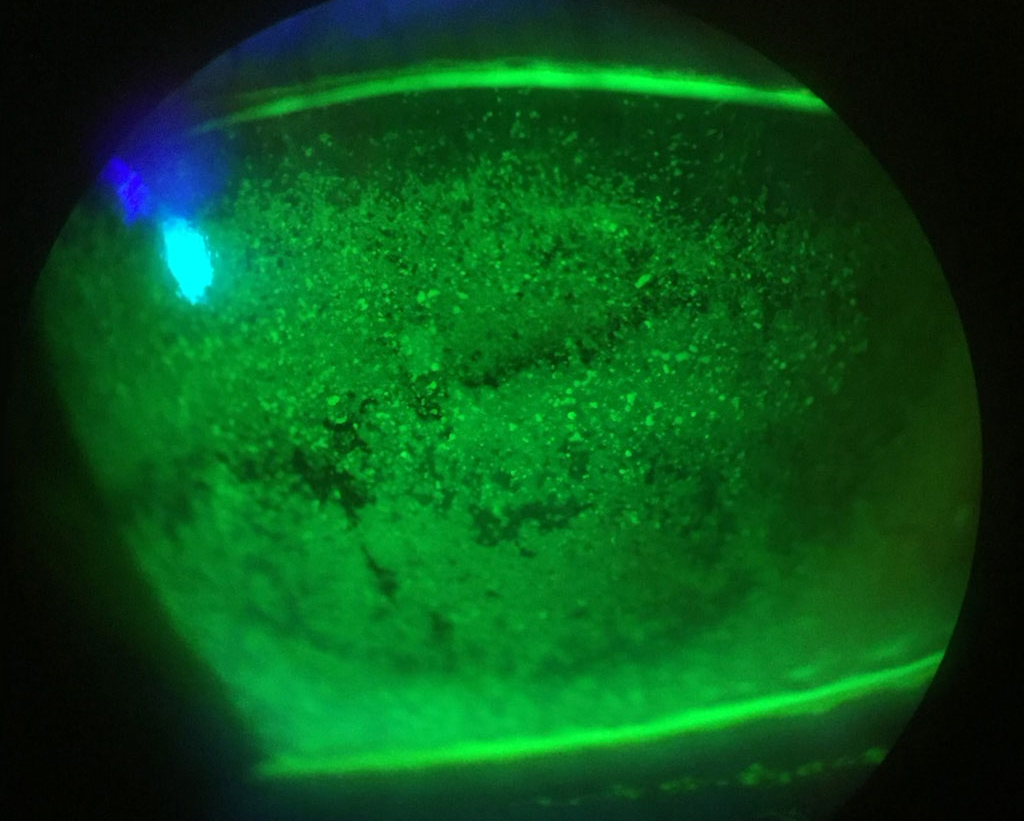 |
|
Certain demographics were linked to greater DED likelihood, including women, those of African descent and older individuals. Photo: Alexandra Wiechmann, OD. Click image to enlarge. |
In recently conducted research presented yesterday at ARVO 2024, taking place now in Seattle, the role of genetics in dry eye disease (DED) was highlighted. One group of researchers noted that twin studies have previously identified substantial heritability patterns in DED, accounting for about 30% to 40% of variance in the condition’s manifestations seen between twins.
DED has been somewhat difficult to phenotype, however, in turn limiting the application of large-scale genome-wide association studies (GWAS). This group of researchers used the VA Million Veteran Program biobank, which collects genetic data linked to electronic medical records from over 650,000 participants. Looking through this data, the authors explained in their abstract, “provides a unique opportunity to study the genetic basis of DED.”
The authors created a case-control algorithm based on ICD-9/10 codes and prescription records, which was then reviewed and validated manually with a chart at different VA eye clinics. When the algorithm was used in this particular biobank, it detected 48,794 cases of DED and 29,224 controls. From there, the researchers classified cases into ancestry groups (European, African, Hispanic and East Asian). Analyses were performed in each and were adjusted for age, sex and 10 ancestry principal components, followed by multi-ancestry meta-analysis assuming fixed effects.
After compiling this data, the researchers saw that their chart review revealed a positive predictive value of 98% and a negative predictive value of 93%. DED was found associated with factors of female sex, age, African ancestry and score on a metric called the Charlson Comorbidity Index, a measure of the relative one-year risk of mortality based on 17 possible comorbid conditions. They also found specific associations with comorbidities of depression and sleep apnea.
A novel, common variant locus was identified in the multi-ancestry meta-analysis at 3p21.31 (rs9855433, near ZNF445) and reached genome-wide significance. Conducting a phenome-wide association scan, this variant revealed consistent associations with depression, sedative-hypnotic medication use and chronic pain conditions. A significant estimate of common variant heritability was estimated to be 12% on a liability scale with an assumed prevalence of 25%.
The authors summarized the most important aspects of their work in the abstract presented yesterday: “In addition to identifying the first GWAS locus for DED, we attained a significant overall genetic signal, motivating expanded GWAS meta-analyses and the development of polygenic risk score models.” For clinicians, this provides new insights into the genetic basis of DED and sheds light onto underlying causes.
Original abstract content ©2024 Association for Research in Vision and Ophthalmology.
Huang JJ, Gorman B, Barr PB, et al. Multi-ancestry genome-wide association study of dry eye disease in the Million Veteran Program. ARVO 2024 annual meeting. |


